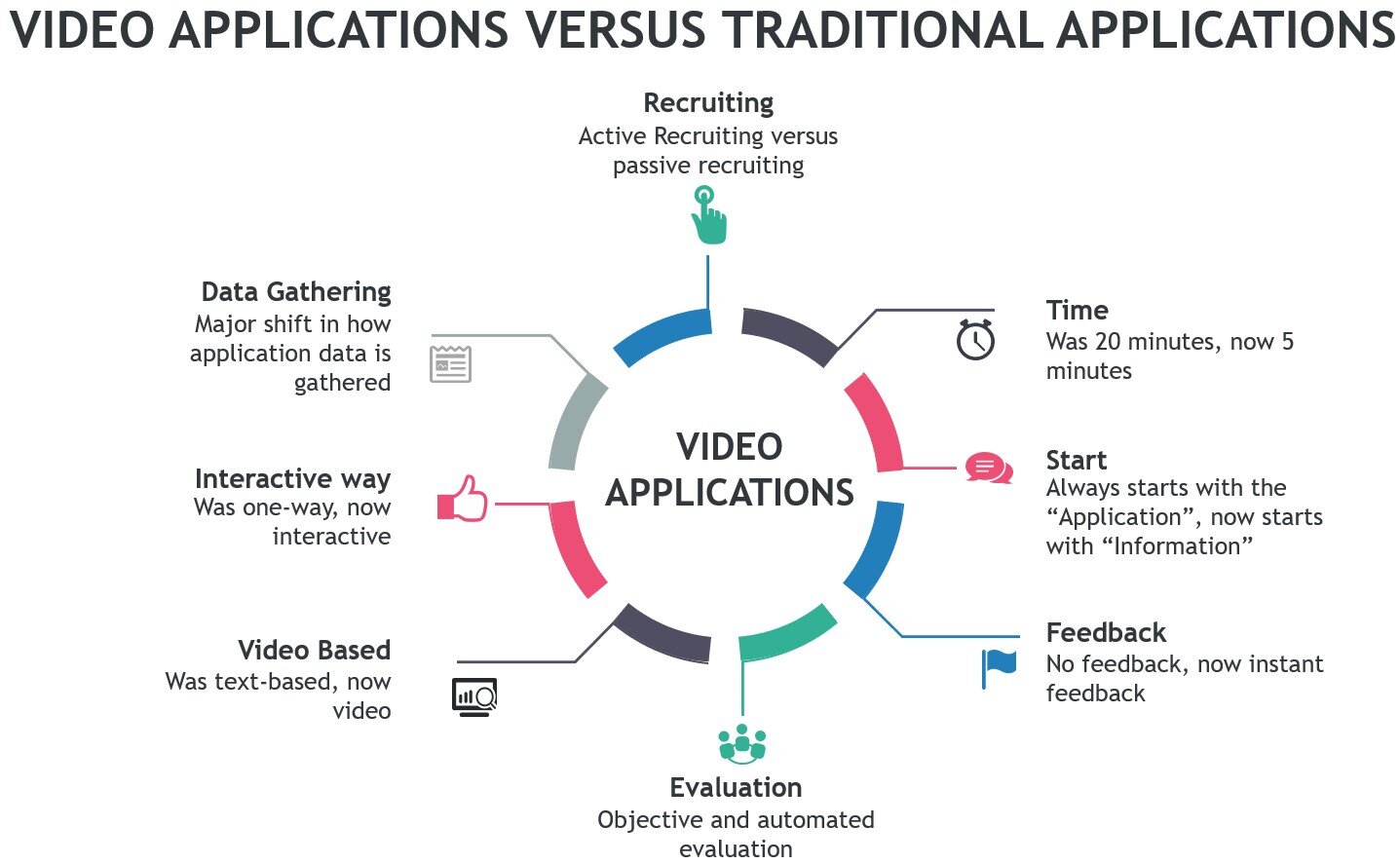Fix your job application process to fill your open positions
You can find an article in the news every day about the struggles that employers are facing related to finding and hiring workers. Well, if you fit into that category, we’d argue it’s your own fault and that it’s time to change your hiring and job application process to something that will give you the candidates you’re looking for. Companies are trying so many short-term fixes, and just wasting additional resources trying to overcome this problem. Things like signing bonuses, application bonuses, higher pay, and more advertising will not fix the systemic problem that companies have when it comes to recruiting and hiring employees.
Yet there are companies out there that have been successful in finding candidates. Successful companies have finally realized that the existing use of the Applicant Tracking System (ATS) asking candidates to register, answer a lot of questions, upload a resume, and then have a recruiter sift through everything just doesn’t work. This process is not applicant-friendly and begs for people to drop out of the job application process before they even really understand the job or the company. In fact, over 80% of individuals that click on an “apply now” button never finish the application. Think about how many candidates you are losing. And this also means that when you do hire those that get through the process often times you are “settling” for less quality. Recruiters tend to pick the first candidates that meet their minimum qualifications. Think about how many quality candidates are being lost.
Many companies blame their issues on the fact that the younger generations (i.e., emerging workforce) are just different and not interested in work. When in fact, they are interested in work, they are just not interested in applying to jobs the “old fashioned” way. Regarding Millennials and Gen Zers we know our process needs to appeal to them because over 100M of them will be in the workforce over the next 10 years. I guarantee you that the current job application process is not what those candidates want. This generation has totally different expectations when it comes to the world of work and the application process. They are used to using the internet for everything and interact in certain ways. To the extent that a company can mirror those interactions in the application process, the company will win the war for that talent. These generations are used to video, they are used to interaction, they are used to giving their information on the web but only in return for something. The traditional text-based applications and processes meet none of these criteria. Therefore, make sure your future application process has video, is interactive, provides useful information to every candidate, is quick and easy to use, and provides immediate feedback. If you do these things, then you will have the cream of the crop to choose from when it comes to candidates. When you meet someone’s expectations, they like it much better than when you don’t. And when expectations are met early in the recruiting process, you are setting yourself up to become the candidate’s employer of choice. In other words, you are giving yourself a competitive advantage over the other companies in which an applicant may be interested.
Video-based Job Applications are the Answer.
Video-based job applications are a unique “2-way” video interaction that allows candidates to learn about your company while allowing you to assess the candidate’s experience and preferences relative to open positions. So instead of driving your candidates to a lengthy text-based, resume submission, answer a lot of questions system, drive them to a 4-6 minute, interactive, video-based system with immediate feedback based on the applicant’s responses and preferences. Basically, an interactive, video-based job application has the following characteristics:
- Is content-driven based on the applicant’s interests and motivators?
- Is interactive and provides information exchange between company and applicant.
- Has branching and adaptive questioning and responses.
- Does active recruiting of the preferred candidates by explaining the employee value proposition immediately (in video).
- Is quick to complete.
- Has open-ended and closed-ended questions for the candidate to respond to.
Video job applications focus only on what’s important to gather at the current point in time. Candidates are less and less willing to spend 30 minutes filling out an application online. And face it a lot of the information in the traditional application isn’t used to help make decisions on whether you will invite the candidate to the next step in the hiring process. For example, when was the last time you looked at the High School the candidate attended in order to decide whether to interview them; or who their employer was 10 years ago? I’m not saying you may not want to collect this data later in the process if you’re truly interested in it but don’t waste everyone’s time during the initial screen.
Compare your own application process to the characteristics of a video-based job application.

When people experience something positive on the Internet they share it with their networks. Recruiting applications are no different. By allowing successful candidates to earn a badge and share their experience you are able to increase your applicant pool without any increase in marketing dollars.
Related Resource: The Ultimate Guide to Pre-employment Screening
Related Blog Post: Your Guide to Shortlisting Job Applicants


 Dr. Jaffee (M.A., Ph.D.) is a recognized expert in the field of assessments, and has created effective HR Solutions used by millions of people.
Dr. Jaffee (M.A., Ph.D.) is a recognized expert in the field of assessments, and has created effective HR Solutions used by millions of people.